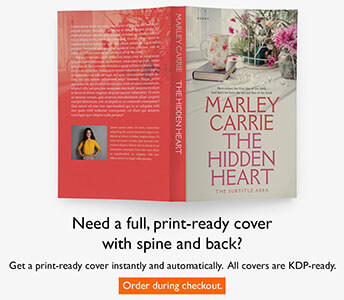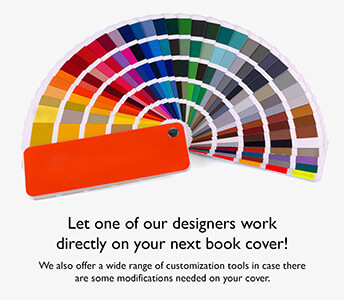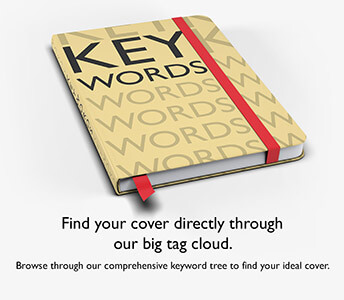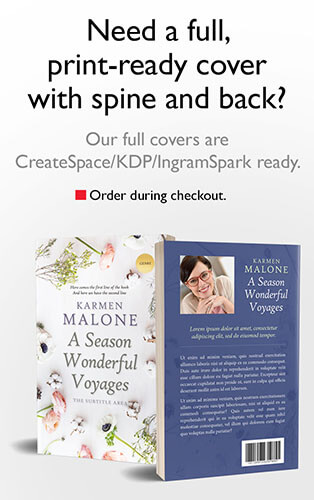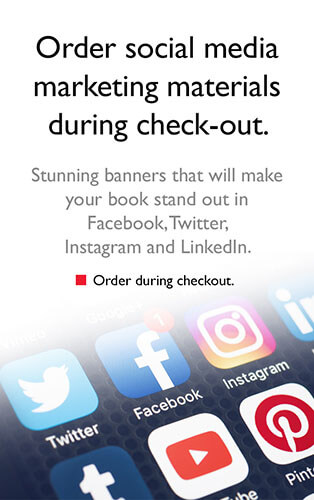When it comes to creating a book cover, one of the most crucial elements is getting the dimensions right. Whether you’re publishing a novel, a memoir, or a children’s book, the size of your cover can significantly impact how your book looks on shelves and online platforms. In this article, we’ll explore the standard book cover sizes for different genres and formats, ensuring your book fits perfectly in the market while standing out.
Understanding Book Cover Dimensions
Book cover dimensions are determined by the trim size of the book, which is the size of the pages after they have been trimmed during the printing process. For print books, the cover size will include the front, back, and spine, while digital covers focus solely on the front.

Aspect Ratio: The Key to a Balanced Cover
The aspect ratio of your cover is essential for maintaining a visually appealing design across different platforms. A common aspect ratio for book covers is 1.5:1, which works well for both print and digital formats. This ratio ensures your cover looks balanced and occupies more visual space in online stores like Amazon and Kobo, making it more eye-catching to potential buyers.
Standard Book Cover Sizes by Genre
Different genres and book formats require different cover sizes. Here are some of the most common dimensions:
| Genre | Standard Dimensions |
|---|---|
| Fiction | 4.25” x 6.87”, 5” x 8”, 5.25” x 8”, 5.5” x 8.5”, 6” x 9” |
| Novella | 5” x 8” |
| Children’s | 7.5” x 7.5”, 7” x 10”, 10” x 8” |
| Textbooks | 6” x 9”, 7” x 10”, 8.5” x 11” |
| Non-fiction | 5.5” x 8.5”, 6” x 9”, 7” x 10” |
| Memoir | 5.25” x 8”, 5.5” x 8.5” |
| Hardcover Books | 6” x 9”, 7” x 10”, 8.5” x 11” |
Genre-Specific Book Dimensions
When choosing a book size, it’s essential to consider the genre and intended use of the book. For instance, fiction books often use sizes like 5” x 8”, 5.5” x 8.5” or 6” x 9” because these dimensions provide a comfortable reading experience and fit well on most bookshelves. These sizes are versatile and work well for various fiction genres, such as romance, sci-fi, and mystery, making them easily recognizable to readers.
Non-fiction books, including memoirs and biographies, frequently use larger sizes like 6” x 9” or 7” x 10” to accommodate detailed information, tables, and figures12. This larger format allows for clearer presentation of complex content, enhancing readability and comprehension.
Children’s books often have larger formats, such as 7” x 10” or 10” x 8”, which provide ample space for colorful illustrations and engaging layouts. A square book can also be used in children’s books. These size helps capture children’s attention and facilitates storytelling through visuals.
Textbooks typically use sizes like 6” x 9” or 8.5” x 11” to reduce page count and display detailed information effectively17. The larger size accommodates charts, tables, and photographs, making it ideal for educational materials.
Tips for Designing Your Book Cover
Resolution Matters: Ensure your cover is designed at a high resolution (300 DPI) for print and 72 PPI for digital formats to maintain clarity and detail.
Use Pixels for Consistency: When setting up your canvas, use pixels instead of inches to avoid resolution issues. This provides a consistent measurement suitable for both digital and print formats.
Consider the Spine: Use template generators from services like Amazon KDP and IngramSpark to accurately calculate the spine width based on your book’s page count and paper thickness. At BookCoverZone it’s enough to input your page count, the system takes care of the rest. However if you’re independently creating your cover, be sure to calculate the correct spine width.
Bleed and Margins: When designing your book cover, it’s essential to include bleeds and margins to prevent important elements from being cut off during the printing process. If you’re new to book cover design, understanding bleeds can be a bit challenging, but it’s a critical detail to get right.
Bleeds refer to the area of your design that extends beyond the trim size of your book. This extra space ensures that when your cover is trimmed, the colors and images will still reach the edges of the book, creating a seamless look. Without bleeds, you might end up with white edges or gaps where the design doesn’t quite reach the trim line.
If you’re using BookCoverZone, we handle bleeds automatically, making the process much simpler. However, if you’re designing on your own, understanding how bleeds work will save you from potential headaches down the line.
In the end, choosing the right book cover dimensions is crucial for creating a professional-looking book that fits well in the market. By understanding the standard sizes for your genre and following design tips, you can create a cover that not only meets industry standards but also captures the essence of your story. Whether you’re self-publishing or working with a traditional publisher, getting the dimensions right will help your book stand out and attract readers.
